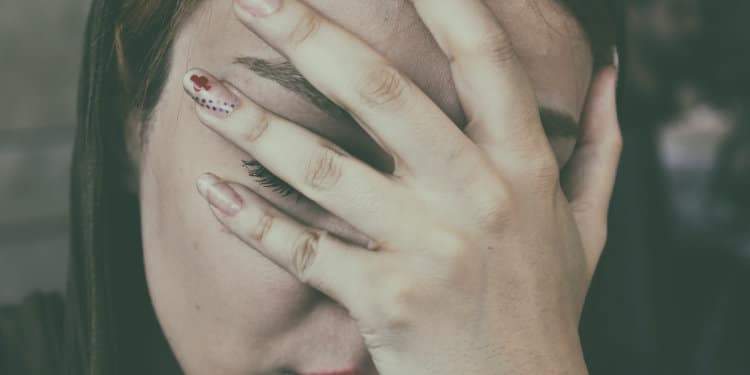











Automatonophobia is the fear of human-like figures, such as mannequins, wax figures, dummies, animatronics, or robots. Psychologists do not typically use this precise term but rather refer to this condition as a type of specific phobia, a category of anxiety disorders characterized by an irrational fear triggered by certain objects and situations. So, while the term automatonophobia may not be something that psychologists and mental health professionals specifically treat, the symptoms that come along with automatonophobia are treatable.[1]

While the phobia may seem unusual to many, it is actually not that uncommon to experience discomfort around human-like figures. The discomfort of being alone in a room with life-like dolls or mannequins has been the subject of many movies and TV shows. In fact, some people become so distressed around these objects, that it impairs their daily lives.
No one really knows where specific phobias come from, and automatonophobia is no different. It is possible that horror movies and other media could exacerbate the fears that people have about these inanimate human-looking objects. They may also be the result of traumatic events that occurred involving human-like objects.[2] Lastly, some people simply seem to be more genetically predisposed to anxiety disorders and specific phobias.[3]
Whatever the cause, some people report experiencing excessive fear and panic symptoms when one of these human-like figures is present. Mental health professionals may diagnose you with the specific phobia of automatonophobia when the fear of human-looking figures causes you to avoid being in their presence and experience intense anxiety like a panic attack or other forms of distress
To meet the criteria, this fear must:
So, if you are not in regular contact with human-looking objects, this fear may not meet the required criteria. However, if for example, you work in a wax museum or a clothing store where there are real-life mannequins, this may impact your life significantly to the point that your symptoms could meet the criteria for a phobia.
If the symptoms of automatonophobia are causing you significant distress, seeking support from a mental health professional who treats phobias can help. Cognitive behavioral therapy (CBT) is the main treatment that is used to improve symptoms of specific phobias like automatonophobia.[4] A therapist will help you understand how your thoughts, feelings, and behaviors are all correlated and how your fears are impacting your life.
Some therapists may choose exposure therapy for treatment, during which they will use gradual exposure to help you retrain your brain’s current fear responses to get to a place where you are not as debilitated from the sight of a human-looking object.[5] A trained professional will be able to assist in confronting and alleviating your fears. They will also teach coping skills to improve your quality of life.
Like some other specific phobias, automatonophobia may sound strange to some people but can cause real distress to those who experience it. The good news is that treatment is readily available and effective. Contact a licensed therapist who can help you overcome your phobia for a life free of this fear.
References